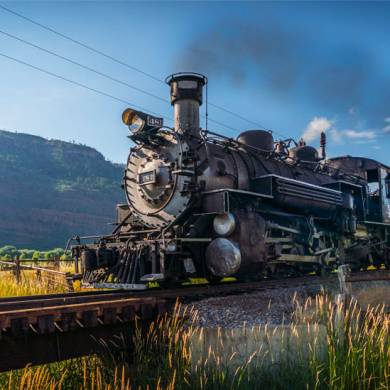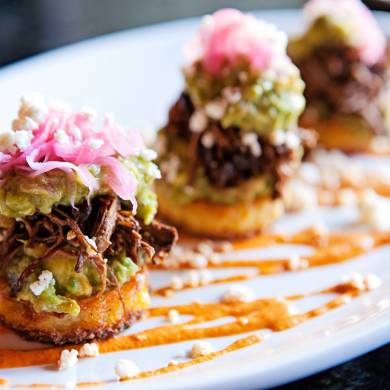The Colorado Trail
Claimed by many to be the most beautiful trail in America, the Colorado Trail is a 567-mile trail stretching across most of Colorado: from Durango to Denver.
Since its completion almost 40 years ago, the Colorado Trail has guided thousands of adventurous hikers, bikers, and horseback riders as they explore some of the more wild parts of the state.
With starting points in both Denver and Durango, as well as multiple close brushes to other cities, people interested in exploring some of the natural beauty of the world have the option to make the whole trail or just segments.
Going segment by segment or through the whole trail, each has its advantages.
The whole trail passes through multiple mountain ranges, wooded areas, wilderness locations, and alongside several rivers while being some of the most scenic.
Some segments are more complex than others, with sections passing well over 10,000 feet in elevation as they pass through mountains and rugged environments nearly untouched by humans.
Whatever you choose, either finishing the entire trail or just doing a segment or three, be sure you are prepared, informed of your options, and hopefully quite ready for another adventure.
Things to Do on the Colorado Trail
Hiking
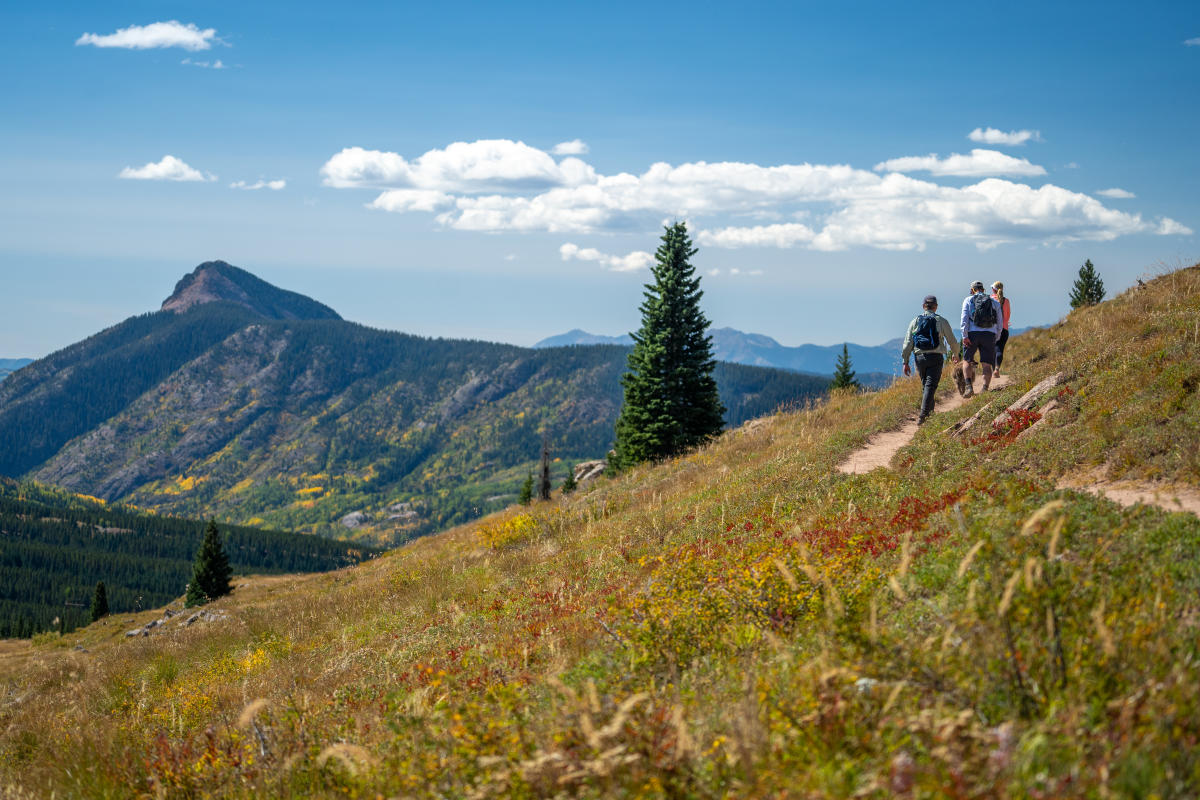
Hiking is the bread and butter of the Colorado Trail; it was literally built for it. Whether it's for a day or a month, the Colorado Trail is an excellent option for those interested in hiking and seeing some of the best locations the state has to offer.
Mountain Biking
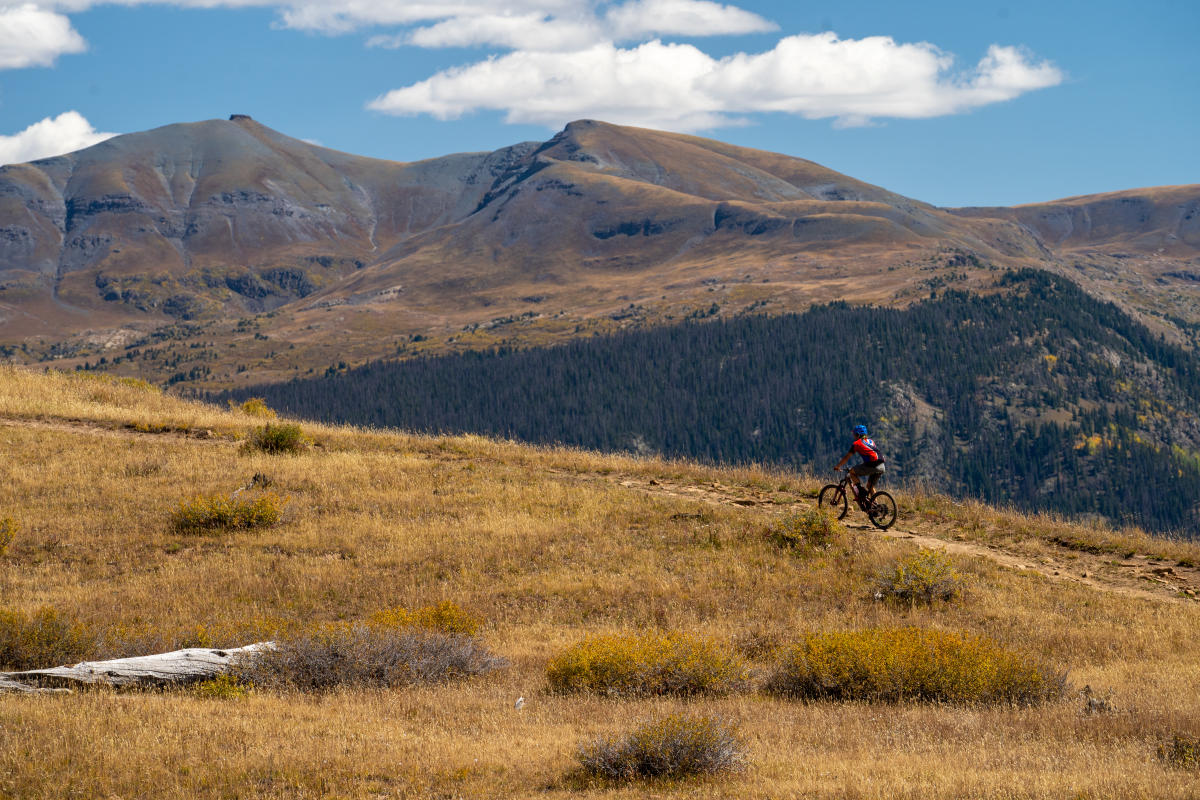
The Colorado Trail is an excellent opportunity for experienced mountain bikers and those looking to get into the sport.
There are locations suitable for various experience levels, but those intending to bike must detour around certain protected wilderness areas as they cross-country.
Horseback Riding
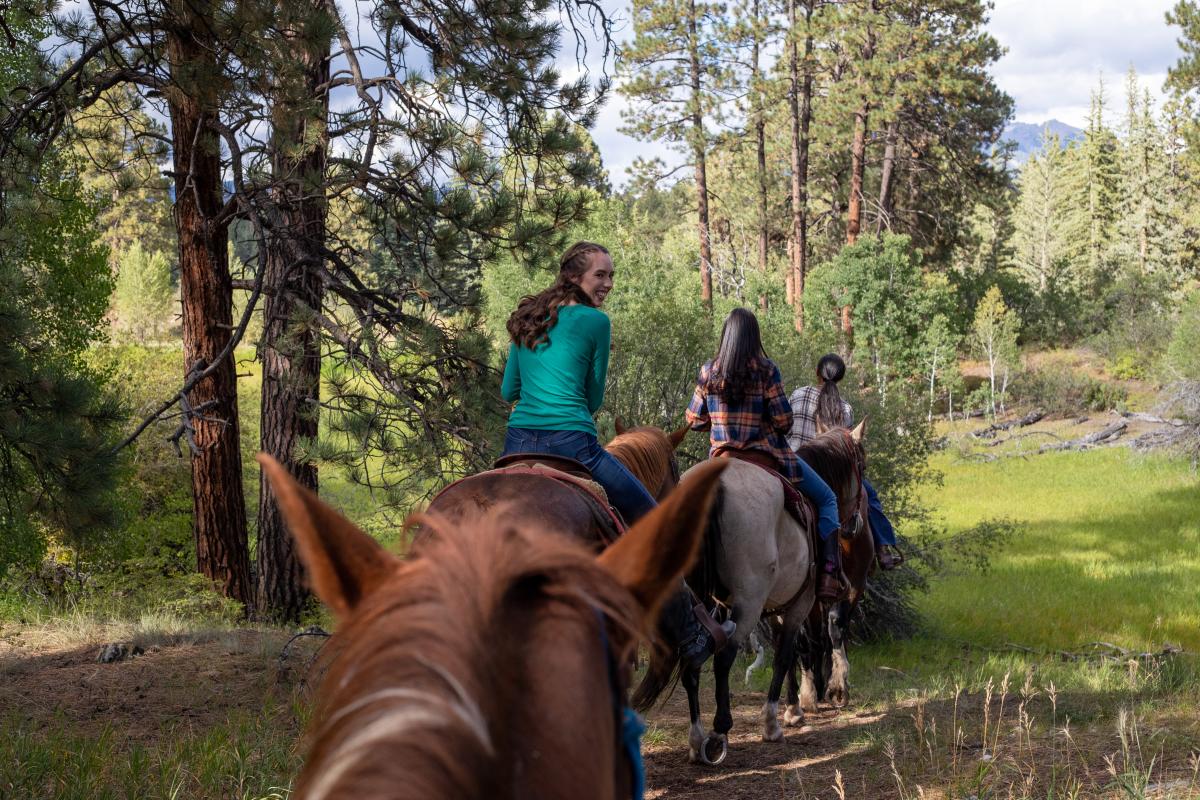
Horses and pack animals are welcome and relatively common on the trail.
Since its inception, the Colorado Trail has been open to those on horses for day rides and trips.
Many riders on longer trips and even those not riding will also bring pack animals such as llamas and donkeys to help carry extra supplies for their trips.
Backpacking or Camping
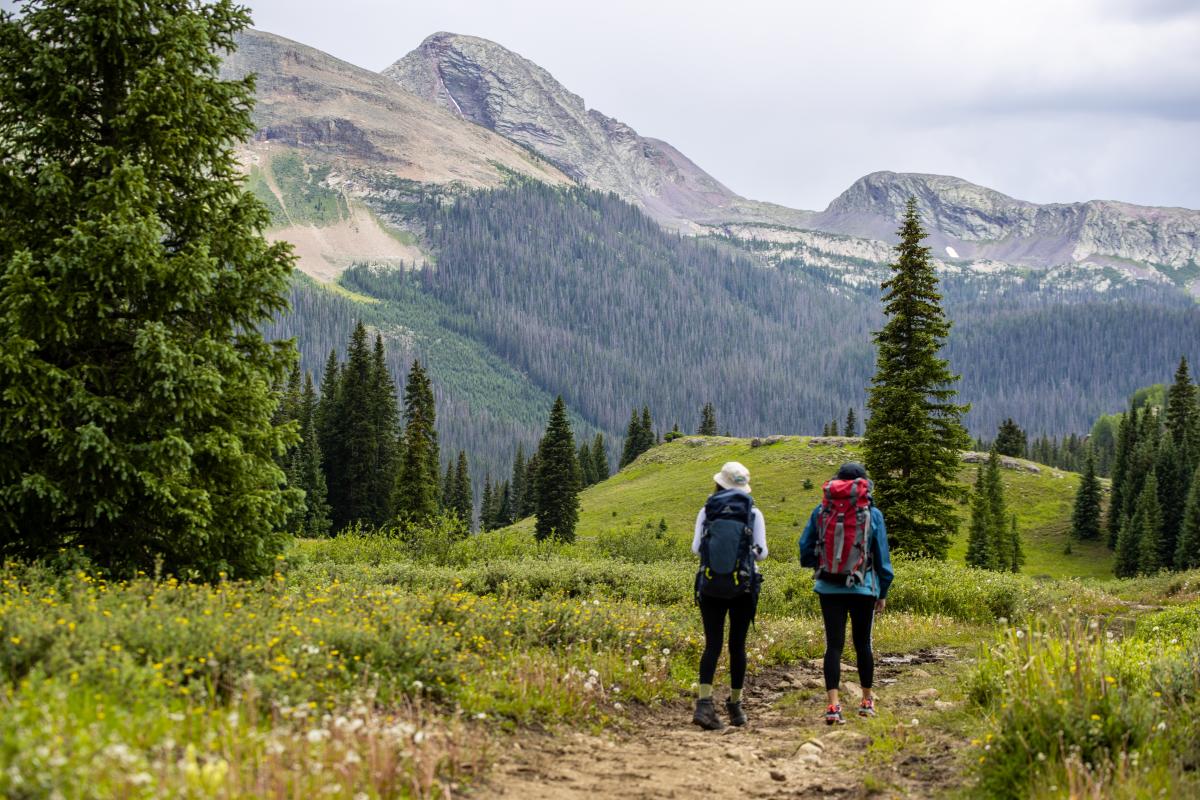
Those who have done longer trips backpacking and camping claim it is a life-changing, amazing experience.
Travelers looking to make a longer trip that involves spending the night should follow trail protocols for camping. Bring in proper gear and ensure that you bring out whatever waste you bring to protect the environment.
Maps and Site Resources
Travel Tips for the Colorado Trail
-
Inform someone of where you are and when you should be back. People can easily get lost on the trail, so make sure someone knows where you should be and roughly when you should be there.
-
Keep in touch. There will not always be a signal on the trail but use the resupply points as an opportunity to let someone know about your condition. You may want to be disconnected from technology, but your safety is also important.
-
Follow the advice from people who have been on the trail before and experienced hikers. The unexpected can happen, and listening to others can help you be prepared.
-
Be considerate. There is an etiquette to trail hiking that helps make it a better experience for everyone involved.
Accessibility Information
-
This is a backcountry trail with many segments that have limited or no vehicle access.
-
Difficult terrain
Care for Durango
-
Know your abilities and fitness level when planning your hike
-
Tell someone your agenda and when you expect to be back, and let them know when you are back.
-
Carry a Personal Locator Beacon or Sattilite communication device
-
Have the correct equipment and know how to use all of it.
-
Each segment has its own way of behaving based on elevation and biome type; know the Leave No Trace Principles.
-
Pack out what you pack in.
-
Know the weather
-
Don’t feel bad for having to turn around or end your outing earlier than planned.
-
If on a bike, make sure you know where the wilderness areas are and where biking is not allowed.

